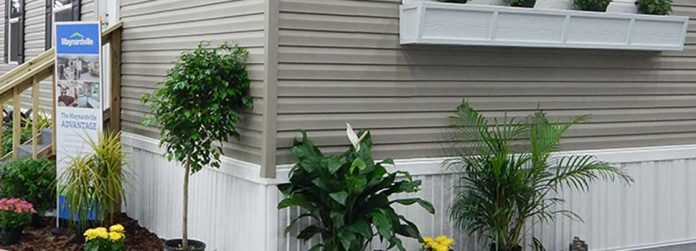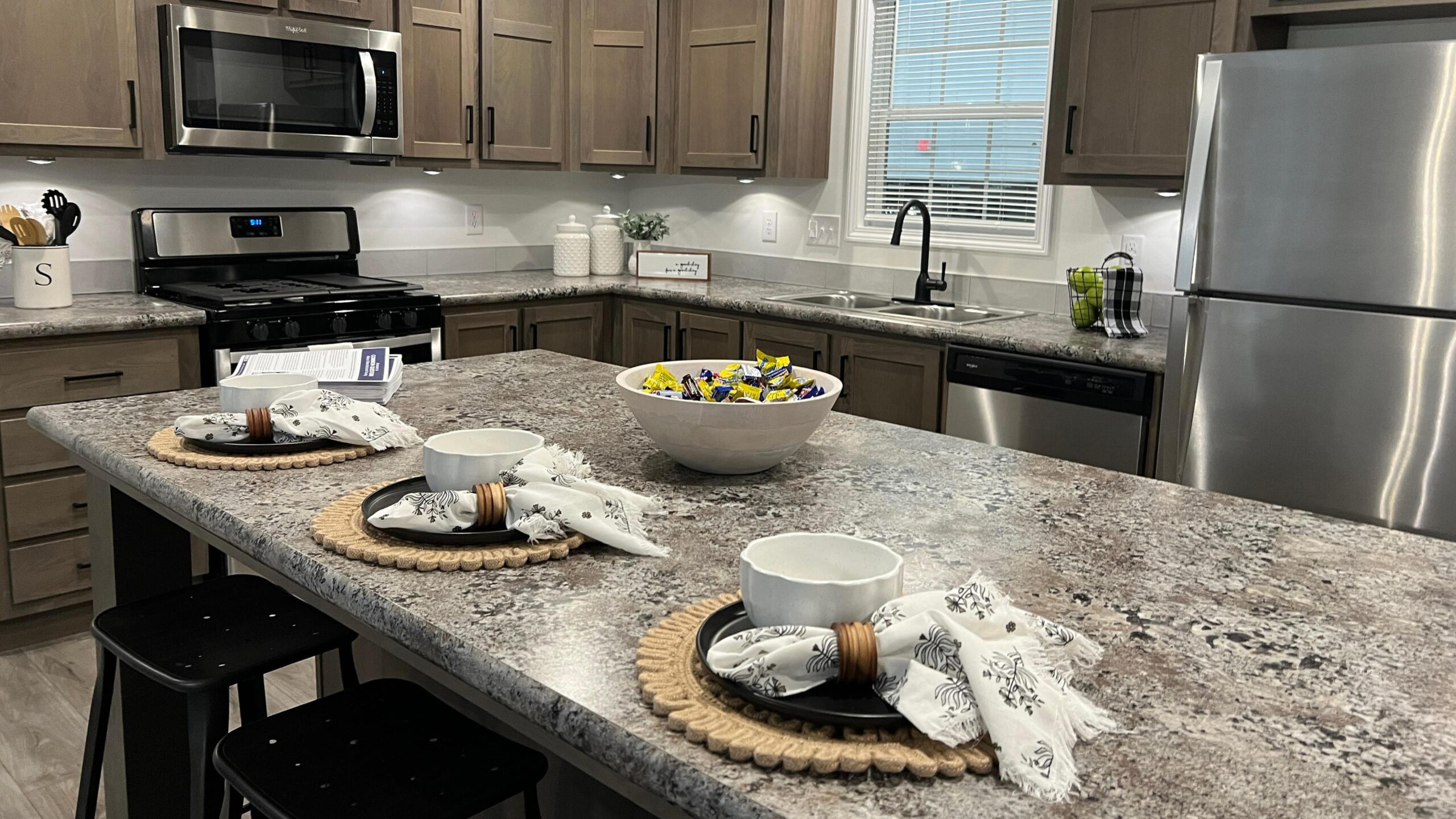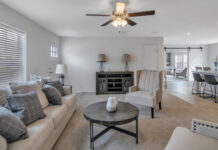The Great Lakes region is a peak location for lake enthusiasts. Whether you enjoy swimming, boating, fishing, walking along beachy shores or soaking up the sun in the summer, the Great Lakes offer it all. Along with the benefit of choosing between bustling beaches or quaint, sleepy beach towns.
No matter your lake-life preferences, you will easily be able to find the perfect mobile home on or near the Great Lakes.
Michigan is best known as the home of the Great Lakes. However, there also are shorelines in Wisconsin, Illinois, Indiana, Minnesota, Ohio, New York, and Pennsylvania.
The Great Lakes mobile home markets are full of diverse options, depending on your lifestyle preferences.
There’s the scenic, secluded Upper Peninsula in Michigan or bustling lakeshore cities like Chicago and Milwaukee.
For this post, we will focus on mobile homes for sale and highlight the lifestyles and attractions of key midwest markets. To get started, let’s take a look at Michigan, the central state in the Great Lakes region.

Mobile Home Markets in Michigan
Michigan’s lower and upper peninsulas offer the most options for manufactured home living, with the most manufactured homes available out of any other states in the Great Lakes region. There are more than 1,600 homes to choose from on MHVillage throughout Michigan. Because of this large number, we’ve categorized mobile homes for sale in Michigan in a pair of sections, one each for the upper and lower peninsulas to really showcase Michigan’s diversity.
The Latest Statistics for Michigan Manufactured Homes on MHVillage.com
- Average price of a pre-owned home: $46,450
- The average model year of a pre-owned home: 2005
- Average pre-owned home size in square feet: 1,351
- The average sites in an MH community: 179
- Average year of community development: 1980
- Number of age-restricted communities: 90
- Number of all-age communities: 915
Did You Know?
Romulus, MI took the #1 spot on our breakdown of the most inexpensive cities to buy a manufactured or mobile home.
Mobile Homes on Lake Huron
There are nine mobile homes for sale in Cheboygan among MHVillage listings. These homes have easy access to the Cheboygan River, Cheboygan State Park and, of course, Lake Huron.
The town of Alpena is off Thunder Bay, and it sits near a pair of historic shipwrecks. The area also features the Thunder Bay National Marine Sanctuary and the Alpena Animal Sanctuary. Alpena has about a dozen mobile homes for sale.
Tawas City, a sleepy lakeshore town above the thumb of Michigan’s mitten boasts easy access to Lake Huron’s shores. Enjoy time in nature at nearby Lumberman’s Monument Park, which features the region’s rich logging history. There are several mobile homes for sale in Tawas.
Another nearby lakeshore town inspired the Bay City Rollers’ name, and there are plenty of options for living in this city by the shore. There are about two dozen mobile homes for sale in Bay City. From your new manufactured home, you can visit the beautiful Veterans Memorial Park, the Delta Planetarium or Wenonah Park.

Mobile Homes on Lake Michigan
The third biggest Great Lake is the only one located completely within the United States — the other four Great Lakes share borders with Canada. And this lake might have the most diverse living options out of all five lakes.
City lovers can still enjoy lake life in Chicago, Green Bay and Milwaukee. Or if a smaller city is more appropriate, Grand Haven and Traverse City are great locations, too. If you’re looking for something a little more remote among Great Lakes mobile home markets, head north to Manistique or Escanaba in Michigan’s Upper Peninsula.
There are good selection of mobile homes for sale in Grand Haven. The small resort town is a popular Lake Michigan destination and is home to the annual Coast Guard Festival. Your new home would offer lake access to Grand Haven State Park, as well as other area beaches.
Search MHVillage listings, and you will find a variety of mobile homes for sale in Traverse City. One could hardly imagine a better spot to reside. TC is a favorite Michigan vacation spot, with the annual Cherry Festival and Traverse City Film Festival. Plus, the vast number of wineries only a short drive up the Leelanau Peninsula is a real draw.
Get out of the city and settle into a manufactured home community surrounded by northern Lake Michigan’s beautiful natural resources. Manistique and Escanaba are two of the Upper Peninsula’s larger towns, in case you’re looking for a city-like environment with the option to get away.
Manufactured Homes on Lake Superior
Marquette is the largest city in Michigan’s Upper Peninsula and is home to the University of Marquette. On MHVillage, there are quite a few mobile homes for sale in Marquette.
We also recommend Sault Ste. Marie, home of The Soo Locks and famous for its shipping and trading history. In Sault Ste. Marie, there are seven manufactured homes available on MHVillage.
Mobile Home Markets in Ohio
A little more than half of northern Ohio borders Lake Erie, giving Ohio lovers plenty of opportunities to live by the lake. The most impressive thing about Lake Erie is that despite its smaller size (it’s only slightly larger than Lake Ontario), Erie’s shoreline touches four states and Canada. It’s also the location of the Battle of Lake Erie during the War of 1812, where only 33 out of 934 American soldiers survived.

The Latest Statistics for Ohio Manufactured Homes on MHVillage.com
- Average price of a pre-owned home: $54,113
- The average model year of a pre-owned home: 2003
- Average pre-owned home size in square feet: 1,326
- The average sites in an MH community: 97
- Average year of community development: 1985
- Number of age-restricted communities: 153
- Number of all-age communities: 1,008
Manufactured Homes on Lake Erie
There are nearly 600 mobile homes for sale in Ohio. Some of those available homes listed in MHVillage are on Lake Erie, or are just a few minutes’ drive away.
Toledo, Sandusky, and Cleveland are all larger Ohio cities that are right on the Lake Erie shoreline. MHVillage more than 40 homes for sale in Toledo. Another Ohio city sits within easy distance of Detroit. MHVillage lists a great selection of mobile homes for sale in Sandusky, which is the home to Cedar Point, a massive theme park that attracts millions. But, when people think of Ohio, they think of the city with the Rock and Roll Hall of Fame, and, of course, the Browns, Indians and Cavaliers. There is a good variety of mobile homes for sale in Cleveland too. The Cleveland stretch of Lake Erie may be small, but it has plenty of offerings between city life and places to settle for nature lovers. Visitors and locals alike favor Allegheny National Forest as a great day-trip option with an easy pace.

Mobile Home Markets in New York
Lake Ontario is the only Great Lake that does not have a Michigan border. Instead, the lake’s shoreline is located in New York and Canada. Connected to Lake Erie by the Niagara River, many tourists get a taste of Lake Ontario through visits to Niagara Falls, Toronto or Rochester, New York. If you’re looking for some of the best places to live on Lake Ontario, check out New York’s other coast. The Empire State has better than 550 manufactured or mobile homes for sale.
- Average price of a pre-owned home: $63,426
- The average model year of a pre-owned home: 2005
- Average pre-owned home size in square feet: 1,210
- The average sites in an MH community: 75
- Average year of community development: 1982
- Number of age-restricted communities: 95
- Number of all-age communities: 898
Manufactured Homes on New York’s Lake Ontario
Rochester is the third most populous city in New York, giving you a combination of city life and outdoor fun. There usually are a couple dozen manufactured homes for sale in Rochester. There are plenty of diverse offerings in the city, from a safari tour to a casino, wineries, distilleries and more.
Smaller towns like Oswego, surrounded by Lake Ontario and the Oswego River, and Olcott, offer more laidback lake living. Rochester is a little more than an hour’s drive away. MHVillage has about a great list of mobile homes for sale in Oswego, and there are more than 30 mobile homes for sale in Olcott.

Mobile Home Markets in Wisconsin and Minnesota
There are more than 500 manufactured homes listed in Wisconsin and Minnesota on MHVillage. Wisconsin shares shorelines with both Lake Michigan and Lake Superior, while a portion of Minnesota borders Lake Superior.
The Latest Statistics for Minnesota Manufactured Homes on MHVillage.com
- Average price of a pre-owned home: $59,907
- The average model year of a pre-owned home: 2008
- Average pre-owned home size in square feet: 1,254
- The average sites in an MH community: 115
- Average year of community development: 1982
- Number of age-restricted communities: 13
- Number of all-age communities: 309
The Latest Statistics for Wisconsin Manufactured Homes on MHVillage.com
- Average price of a pre-owned home: $45,166
- The average model year of a pre-owned home: 2004
- Average pre-owned home size in square feet: 1,170
- The average sites in an MH community: 88
- Average year of community development: 1986
- Number of age-restricted communities: 26
- Number of all-age communities: 499
Mobile Homes Up on Lake Superior
Duluth is Minnesota’s fourth-biggest city and is perfect for those who want the city experience with access to the state’s natural resources. Currently, there are several mobile homes for sale in Duluth.
MHVillage has listings for a few mobile homes for sale in Grand Marais, a secluded location for a new homeowner to become more in tune with nature. The town is nestled between Duluth and Thunder Bay and right in the middle of Lake Superior National Forest. Also, it is a short distance from Kabetogama National Forest.

Mobile Homes on Northerly Lake Michigan
Two of Wisconsin’s most noted cities offer great mobile homes for sale on or near Lake Michigan. There are some mobile homes for sale in Green Bay and more mobile homes for sale in Milwaukee. Green Bay is best known for the NFL’s legendary team, the Packers. It also harbors a love for cheese and the city’s waterside namesake. The city is nestled right in the bay, which runs into Lake Michigan. There are plenty of options for lake lovers, with Lake Michigan and Lake Winnebago close by.
Just south is Milwaukee, which offers brewery culture and many festivals in addition to its natural resources. Home of Pabst Brewing Co., the Pabst Mansion is one of Milwaukee’s top attractions. It’s also the home of Harley Davidson and has innumerable great restaurants, taverns and corner bars. Milwaukee makes a prime destination among the top Great Lakes mobile home markets.
Mobile Home Markets in Pennsylvania
Many people are surprised to learn of all the outdoor opportunities in Pennsylvania. Best known for Philadelphia, the state also has a Lake Erie shoreline and is part of the Appalachian Mountain region. There are nearly 500 manufactured and mobile homes for sale in Pennsylvania.
Pennsylvania is a state full of history and beautiful forests. The best place to settle near Lake Erie is the town named after the native Erie people who lived there. Historically significant as well, Erie also is the site of the Battle of Lake Erie during the War of 1812.
The Latest Statistics for Pennsylvania Manufactured Homes on MHVillage.com
- Average price of a pre-owned home: $58,564
- The average model year of a pre-owned home: 2005
- Average pre-owned home size in square feet: 1,264
- The average sites in an MH community: 81
- Average year of community development: 1984
- Number of age-restricted communities: 117
- Number of all-age communities: 1,116

Mobile Homes in Pennsylvania on Lake Erie
Probably the most well-known lakeshore town in Pennsylvania is Erie. Located on the Presque Bay, which empties into Lake Erie, the bay also boasts Presque Isle State Park, a peninsula surrounded by large ponds and wildlife. MHVillage several mobile homes for sale in Erie.
There are several mobile homes for sale in Lake City, Pa. The small community, with a population of a little more than 3,000, is right near Erie Bluffs State Park, Elk Creek, and is a short drive to State Game Lands Number 314.

Mobile Home Markets in Illinois and Indiana
Take a look at Chicago’s 25 manufactured home communities. If just outside the city is more your speed, Chicagoland (the name given to the Chicago metro area) has homes in Naperville, Joliet, Aurora and Kenosha.
The Latest Statistics for Illinois Manufactured Homes on MHVillage.com
- Average price of a pre-owned home: $56,837
- The average model year of a pre-owned home: 2003
- Average pre-owned home size in square feet: 1,285
- The average sites in an MH community: 132
- Average year of community development: 1989
- Number of age-restricted communities: 40
- Number of all-age communities: 395
The Latest Statistics for Indiana Manufactured Homes on MHVillage.com
- Average price of a pre-owned home: $45,249
- The average model year of a pre-owned home: 2007
- Average pre-owned home size in square feet: 1,216
- The Average sites in an MH community: 115
- Average year of community development: 1988
- Number of age-restricted communities: 40
- Number of all-age communities: 604

Mobile homes in Illinois, Indiana on Lake Michigan
Chicago, the third-largest city in the U.S., is located right off of Lake Michigan. Where else can you combine big-city living with lake living? Stroll Navy Pier, catch a Cubs game, or head out to any one of the city’s world-class museums. You can get all of this and more, with a Lake Michigan view. MHVillage typically lists more than 40 mobile homes for sale in Chicago.
Evanston is 12 miles north of Chicago. It is known as an affluent community and the home of Northwestern University. Evanston is the perfect spot to still have access to city life, but have a home in a slower-paced town. If upscale and laid back is your thing, there are about a dozen MHVillage listings for mobile homes for sale in Evanston.
Want a tiny town with a population of only 1,100 or so? Formed as a resort town in the 1920s, Long Beach is the perfect laid-back place to settle, with bustling summer activities and peaceful winters. Sound good? Check out the great list of mobile homes for sale in Long Beach, Ind.
Take a look at other recent posts on Top Mobile Home Markets in Florida and Top Mobile Home Markets in the Southwest!
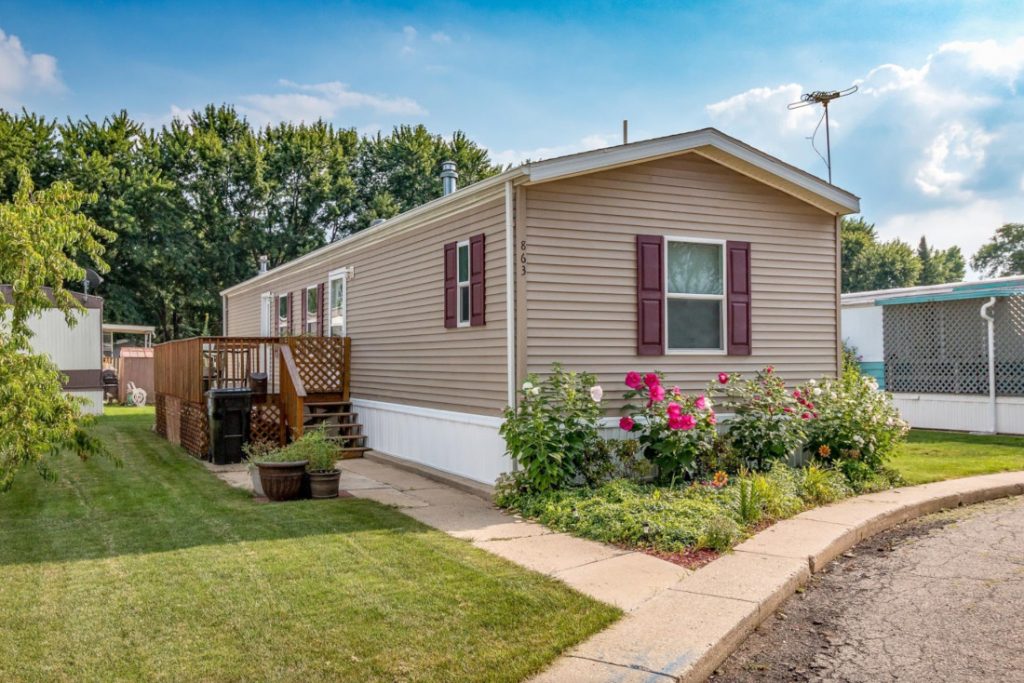


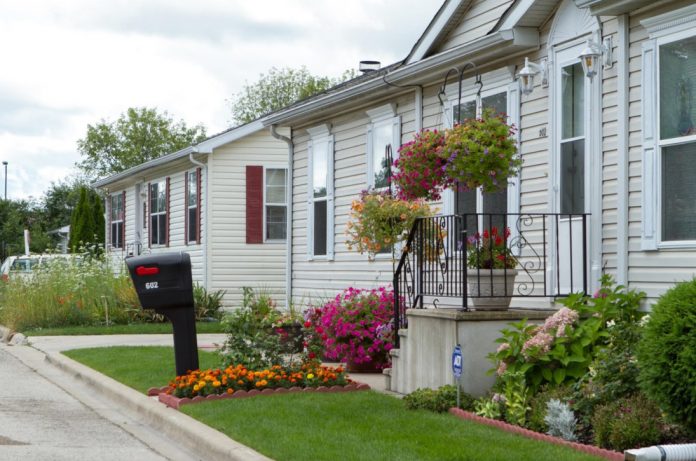







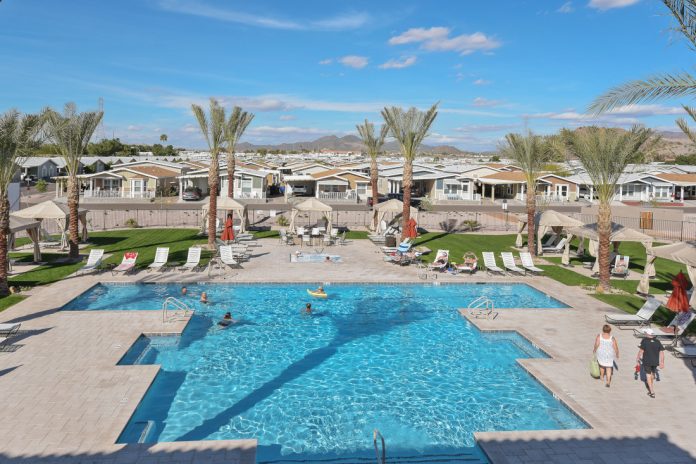
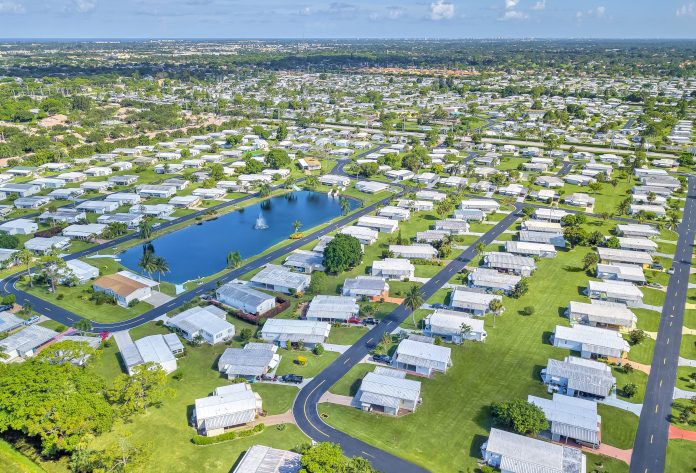
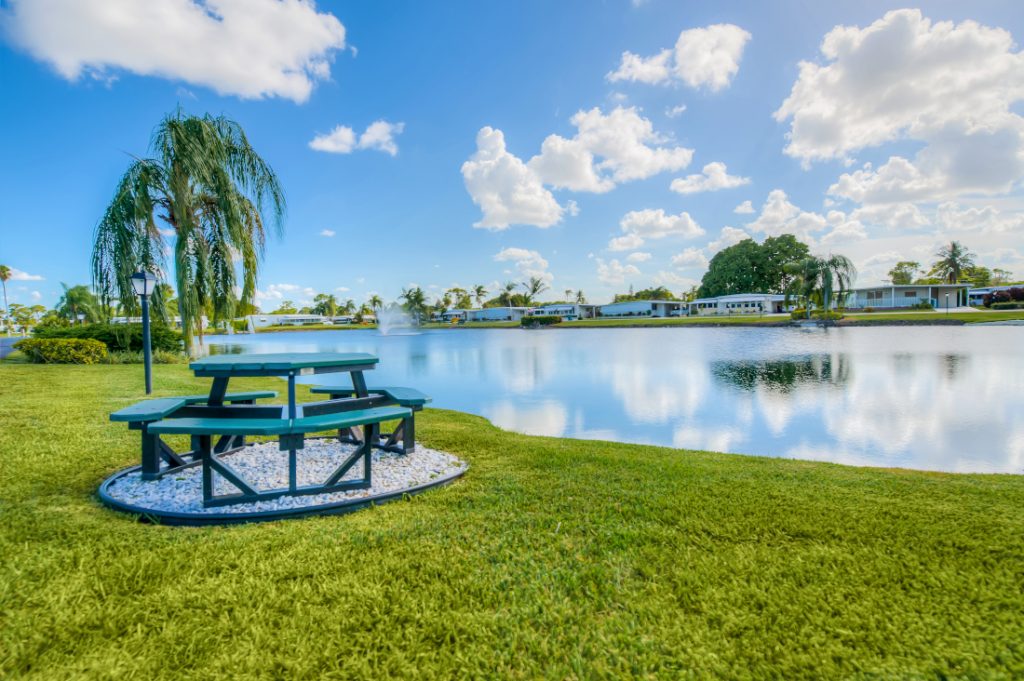
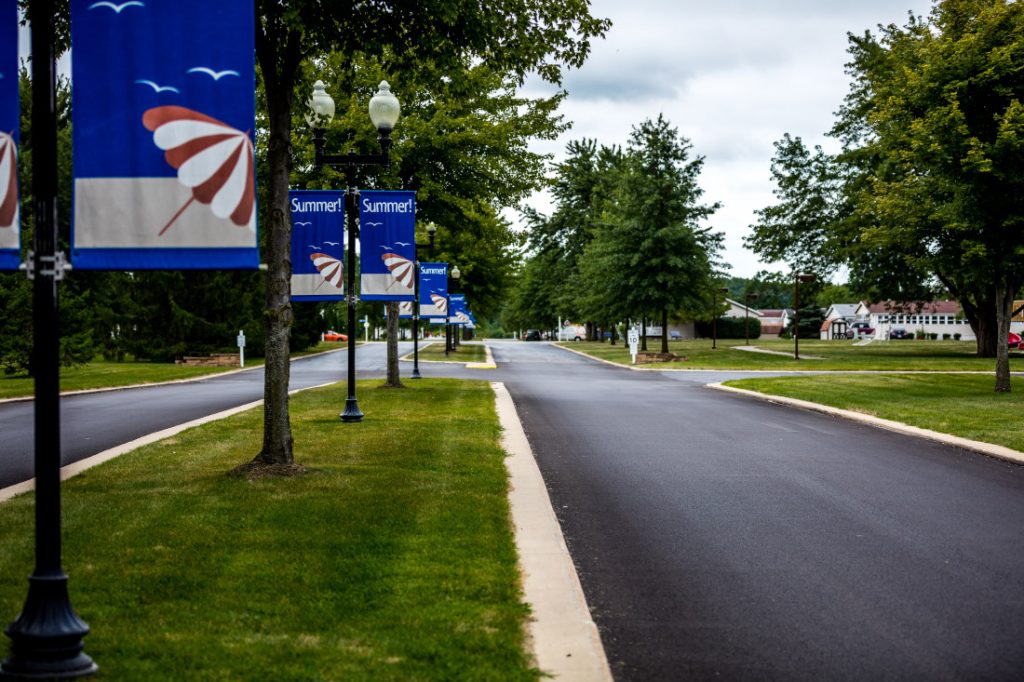

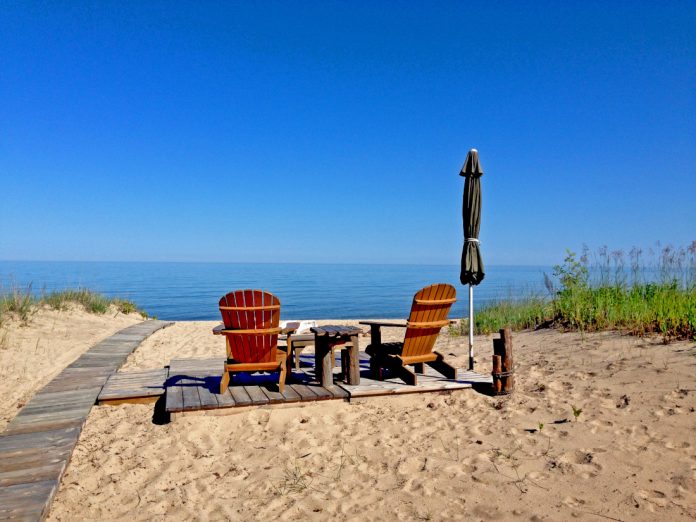
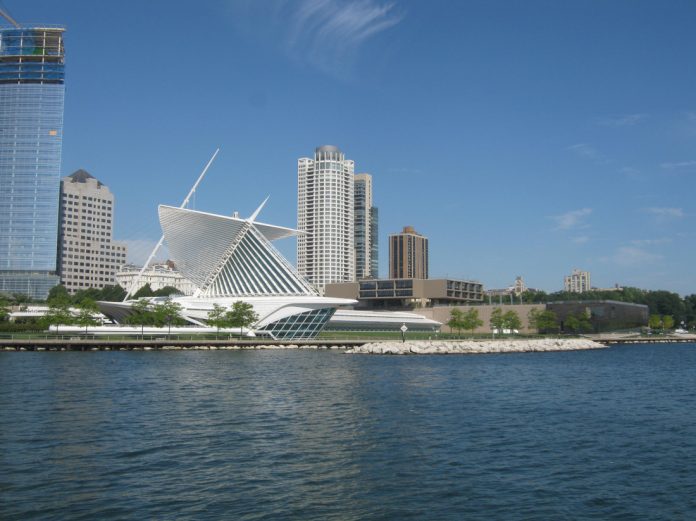

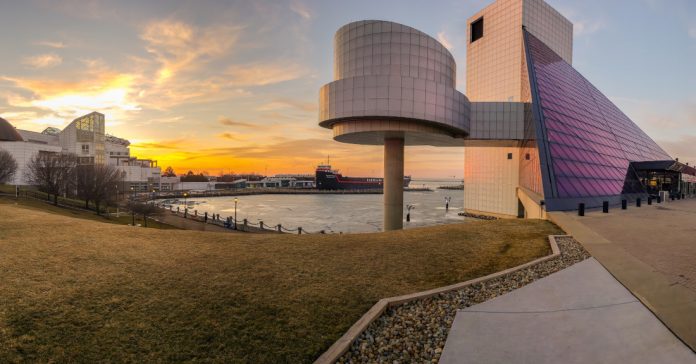
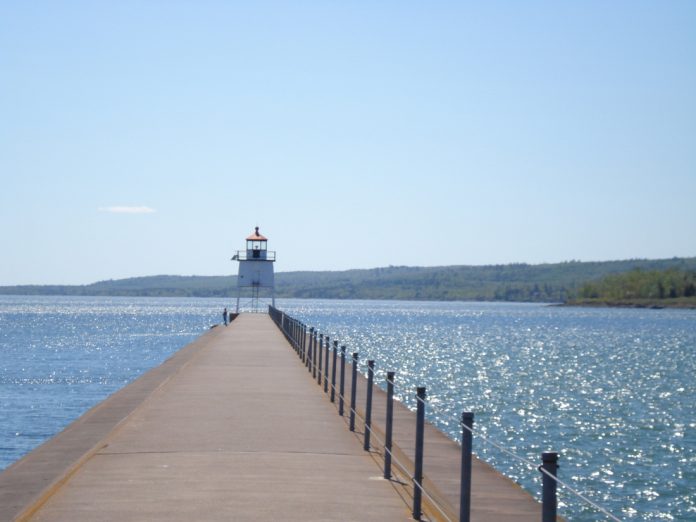
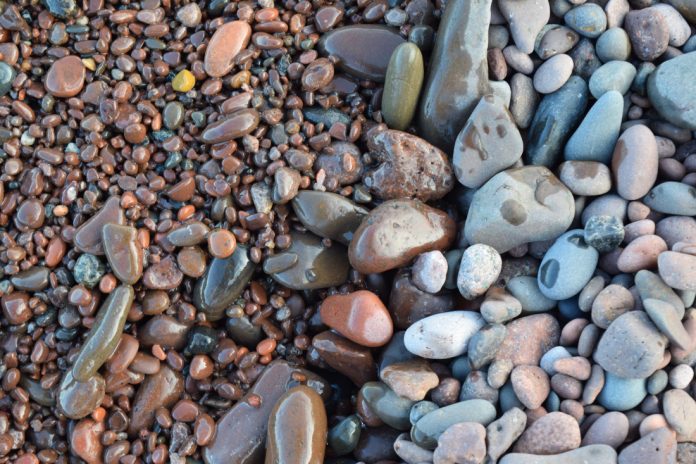
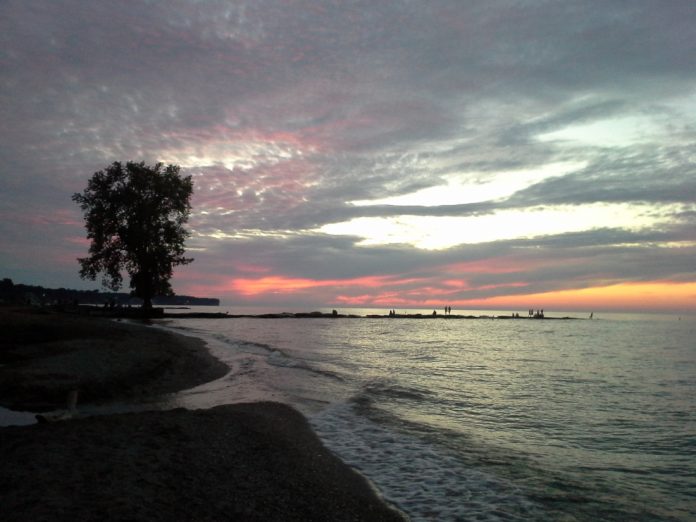
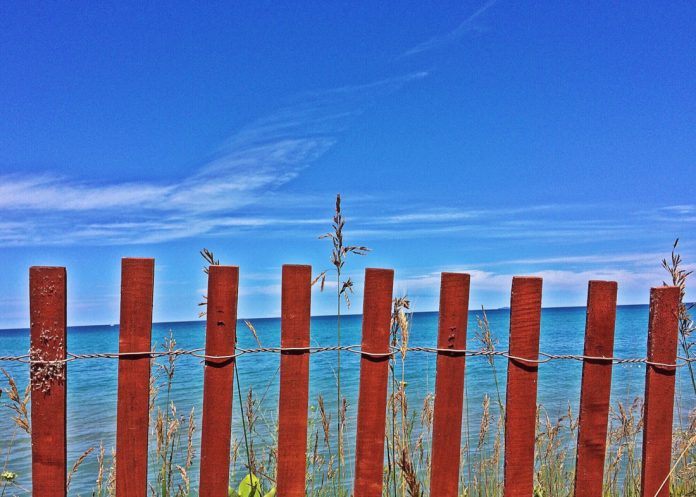
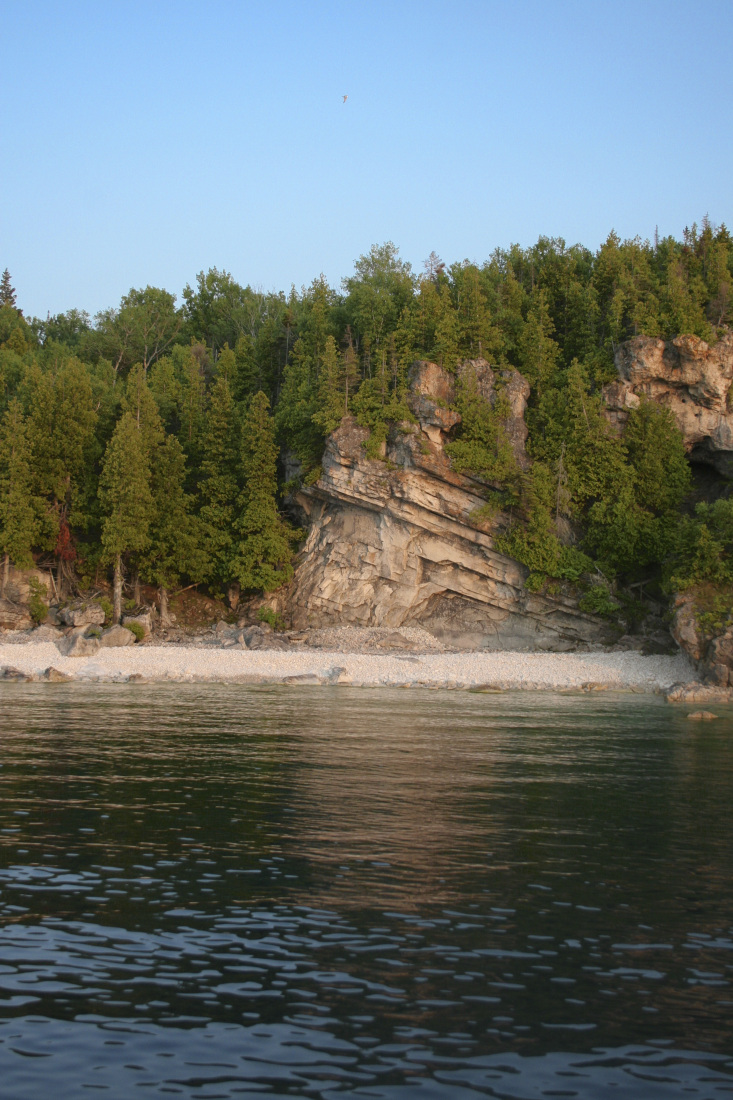
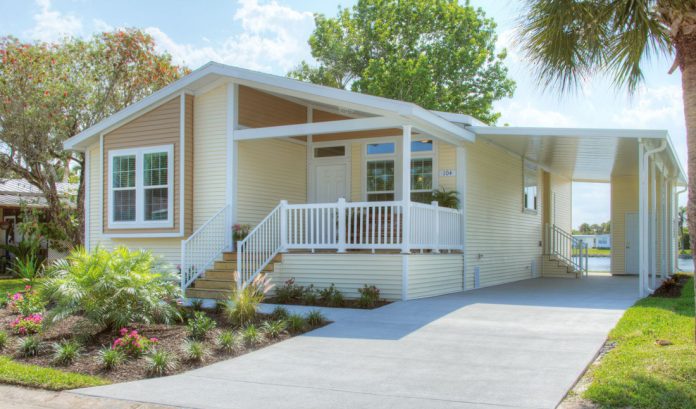

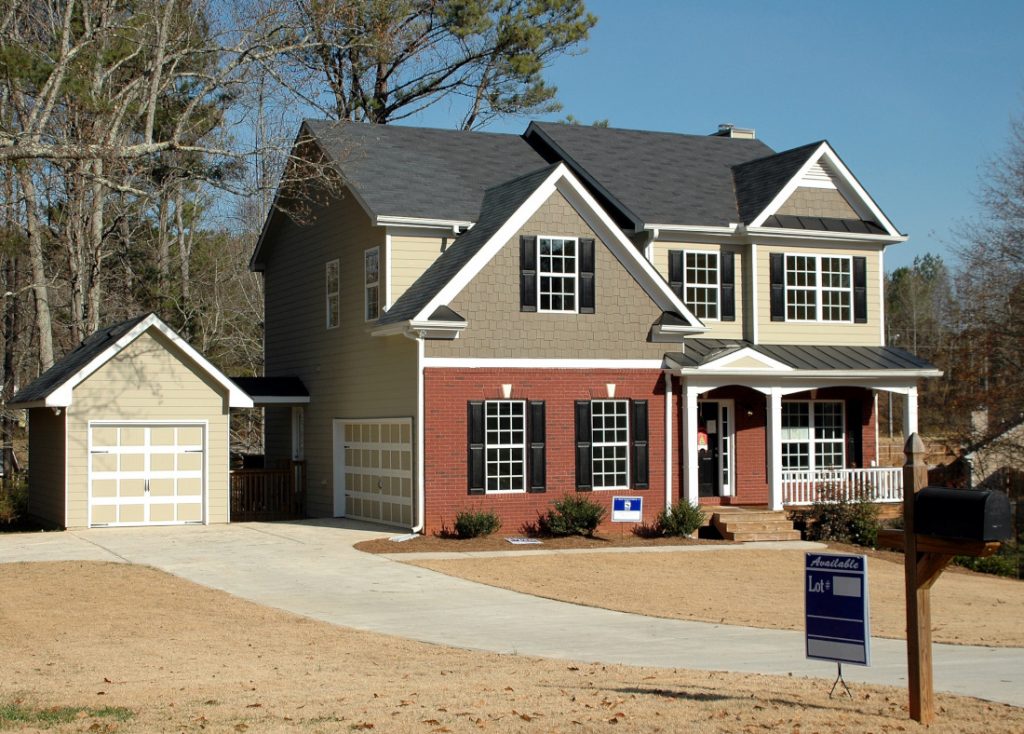
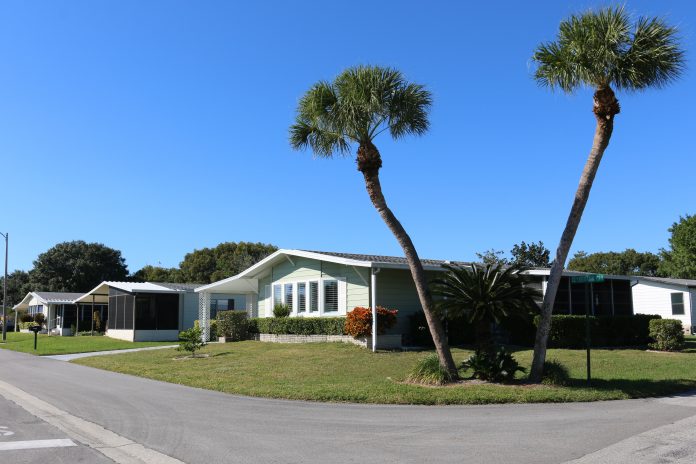
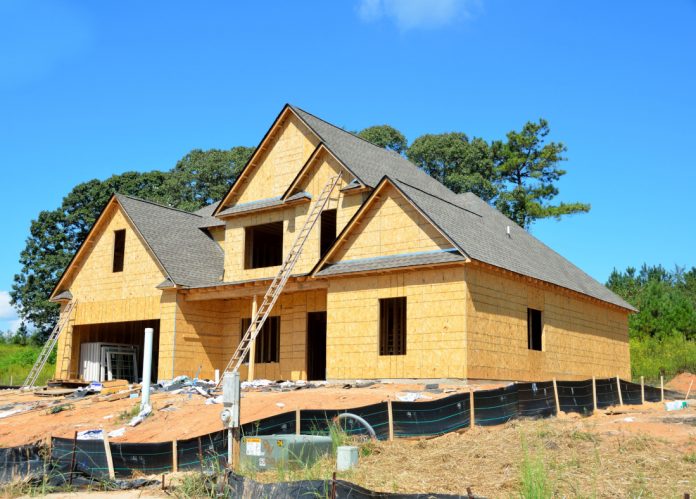
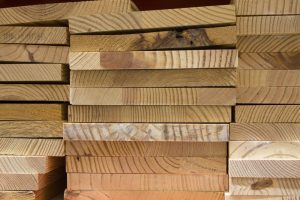 Beyond weather, stick-built construction naturally runs into delays due to material delivery and subcontractor schedules. These challenges are avoidable in the factory.
Beyond weather, stick-built construction naturally runs into delays due to material delivery and subcontractor schedules. These challenges are avoidable in the factory.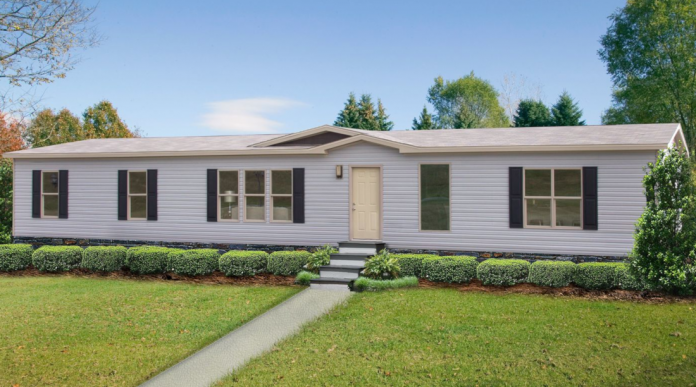
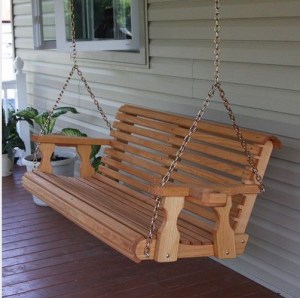 Well, you’ve always wanted one, and now is a good excuse to install a swing or get a couple of rockers for your front porch. That “homey” feeling goes a long way toward attracting customers to the idea of
Well, you’ve always wanted one, and now is a good excuse to install a swing or get a couple of rockers for your front porch. That “homey” feeling goes a long way toward attracting customers to the idea of 